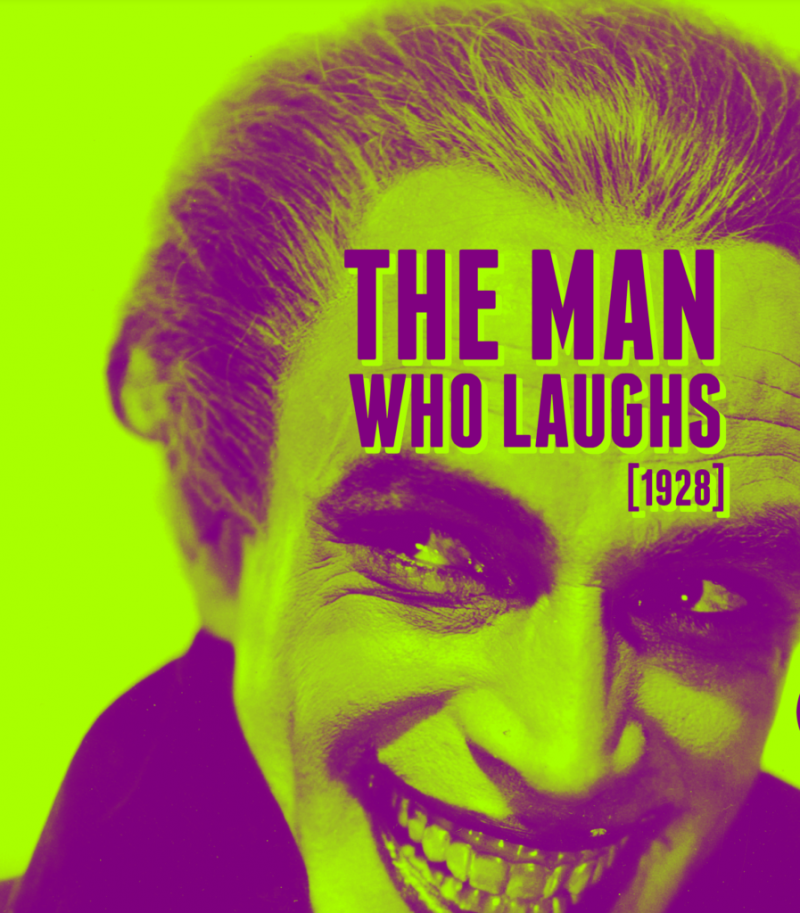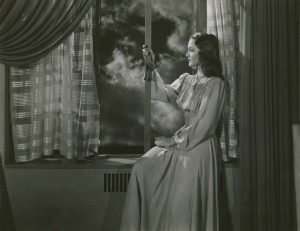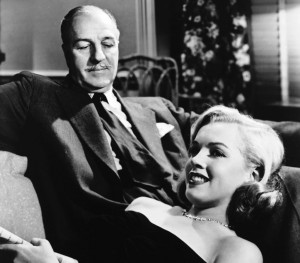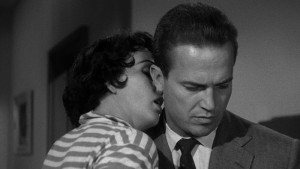The Man Who Laughs James Harrison

Share this
You might find it odd that I have placed a film like The Man Who Laughs (1928) into a season celebrating the films of the Weimar Republic that formed part of the Festival of the Future City programme.
After all, it is an American film. And not only is it an American film, it is a film which is made at the height of the Hollywood’s first major golden age: 1928. The year of the films production and release is the year of Chaplin’s The Circus, Buster Keaton’s The Cameraman and Steamboat Bill Jnr, Carl Theodor Dreyer’s The Passion of Joan of Arc, King Vidor’s The Crowd, Josef von Sternberg’s The Docks of New York and William Wellman’s Beggars of Life all of which are masterpieces. The Man Who Laughs is also a masterpiece; a masterpiece which can be found within the pantheon of Universal horror films, very much the home of the key horror films made in Hollywood.
So why place a film like The Man Who Laughs in a Weimar film season?
The answer is simple. If anything, The Man Who Laughs is a Weimar film, but one that was just made in Hollywood. From the outset the film’s director Paul Leni (1885 – 1929) developed his artistic creativity during the early years of German film production. Born to a Jewish family based in Stuttgart, Leni became an avant-garde painter at the age of 15, studying at Berlin’s Academy of Fine Arts and would later become a theatrical set designer, working for a number of theatres throughout Berlin’s entertainment district. By 1913 the German film industry came calling and his expertise was taken from the stage to the film studios. By now he was working alongside future key film directors such as Ernst Lubitsch, Joe May, Richard Oswald, Michael Curtiz, Alexander Korda and E A Dupont.
When not working as an art director Leni did, on occasions, jump into the director’s chair as early as 1917 with Dr Hart’s Diary. With the success of Waxworks (1927), which starred Emil Jannings and Conrad Veidt, America then called for him in the form of Carl Laemmle and his Universal Studios. Universal would be the final stage of Leni’s career with key works such as The Cat and the Canary (1927), The Chinese Parrot (1927), The Man Who Laughs (1928) and The Last Warning (1929).
What Leni was able to bring to the table as he walked onto Universal’s film stages was to form a look to a film from not only his directing abilities but as well as his art directing talent. With the help of British-born art director Charles Hall – who went on to design sets for Frankenstein (1931), The Invisible Man (1933) and The Bride of Frankenstein (1935) – Leni was able to establish a world dimmed in shadow and light in a way in which you would expect the likes of Dr Cagliari or Nosferatu to walk out of.
Speaking of Cagliari, the essence of that film and other German expressionistic films can also be found within The Man Who Laughs thanks to the film’s key star. Born in Berlin, Conrad Veidt’s (1893 – 1943) entry into the theatrical world started when he joined Max Reinhardt’s Berlin Theatre company in 1912 when he was only 19. After serving in the German army during the First World War, where he saw action on the Eastern Front, Veidt returned to the Reinhardt Company in 1917. From there – like many others in the company – he began to appear in films when there was no stage work, thus maintaining an incredibly busy theatrical schedule throughout the 1920s. At this point, Veidt would work with a number of key directors particularly (and most regularly with) Richard Oswald, Robert Wiene, Robert Reinert and of course, Paul Leni.
Veidt found himself invited to Hollywood by John Barrymore to star alongside him in The Beloved Rogue (1927) and would then star in A Man’s Past (1927) for director George Melford and The Man Who Laughs for Paul Leni.
So what you will see when you watch The Man Who Laughs is a film of a very international flavour; a film based on the story by Victor Hugo, set in England with a German director and star, produced thanks to American money and facilities. However, within the heart of the film are the features of a German Expressionist film and the artistic merits of the Weimar Republic. If anything, The Man Who Laughs is a film that showcases German Expressionism on an international scale and forms the importance of how much the style from the films of Weimar Republic influenced the rest of the world.


